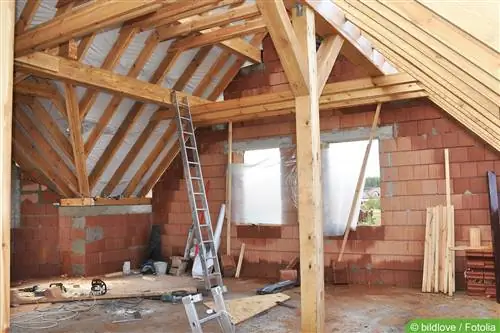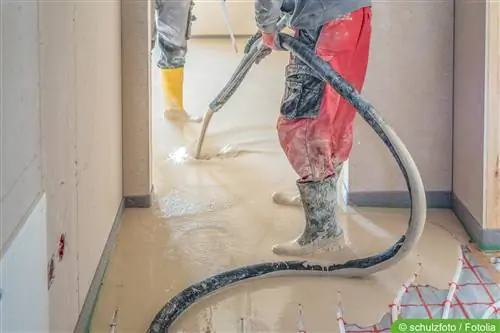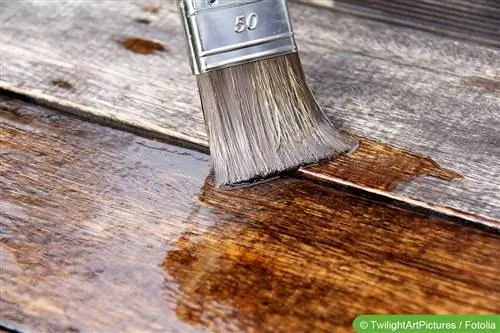- Author admin [email protected].
- Public 2024-01-31 11:14.
- Last modified 2025-01-24 12:45.
There are a few materials to choose from to insulate the attic so that it can be walked on immediately. The advantages and disadvantages as well as the estimated costs of immediately accessible attic insulation are clearly summarized in this article.
Materials for attic insulation
There are different materials you can use to insulate an attic:
PIR and PUR rigid foam panels
Hard foam panels made from synthetic plastic are available in different degrees of hardness and offer good insulating properties. A distinction is made here between panels made of PIR (polyisocyanurate) and PUR (polyurethane). The differences lie in the higher fire resistance of PIR and the better elasticity of PUR.
Advantages
- Low insulation thickness required due to good insulating properties
- low weight
- good weather resistance
- water-repellent
- easy processing
- cheap material price
Disadvantages
- Toxic gases released in case of fire
- not sustainable due to fossil raw materials
- large energy requirement for production
Areas of application
- Insulation for roofs (including flat roofs) and basements of private buildings
- Facade insulation for lightweight buildings
- Due to their higher elasticity, PUR panels can be customized very individually
- Due to better fire-retardant properties, PIR is also suitable for public buildings
End-user prices
Depending on the insulation thickness, rigid foam panels made of PIR and PUR cost 10 EUR/m² to 20 EUR/m². This makes them one of the cheaper materials for immediately accessible attic insulation.
To insulate an attic with an area of 50 m² and an assumed waste of 6%, you need 53 m² of insulation panels. With a price per square meter of 15 EUR, the material costs for the rigid foam panels are 795 EUR.
XPS insulation panels
Insulation panels made of extruded polystyrene (XPS) offer extremely robust and resistant insulation. This type of rigid foam board has very good insulation values and can even be used in wet areas such as: B. can be used for basements or on floor slabs. As with most petroleum-based insulation materials, the fire protection properties are not particularly positive. XPS is a comparatively expensive insulation material.
Advantages
- Versatile
- excellent insulation properties
- very durable and pressure-resistant
- no moisture absorption
- very durable
Disadvantages
- No good fire protection properties
- Smoke development in the event of a fire
- not sustainable due to fossil raw materials
- higher material price
Areas of application
- Perimeter insulation for basement walls (external installation) and base areas
- Insulating facades
- Insulating floor slabs (even in groundwater)
- Insulation for roofs, ceilings and floors
End-user prices
The price per square meter for rigid foam panels made of XPS is between 5 EUR and 30 EUR. An attic with 50 m² of area to be insulated requires 53 m² of insulation material with 6% waste. Based on a price per square meter of EUR 17.50, the cost of the XPS panels is EUR 927.50.
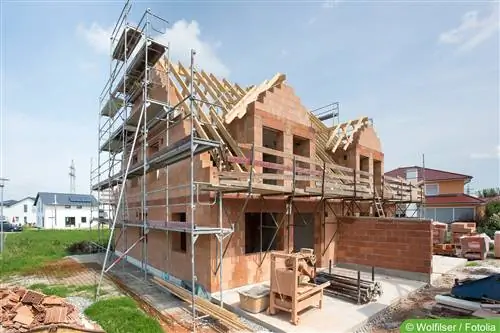
Rockwool
Rock wool is a widespread mineral-synthetic insulation material with very good insulation properties. It offers a high level of fire protection and is quite inexpensive compared to other insulation. Rock wool insulation is available in the form of mats or panels. It is important that rock wool is only used in dry areas, as the insulation effect deteriorates drastically when moisture is absorbed.
Advantages
- Very good insulation performance
- easy to process
- non-flammable
- diffusion-open
- relatively cheap
Disadvantages
- Moisture absorption reduces insulation performance
- large energy requirement for production
Areas of application
Insulation of roofs, ceilings and walls indoors
End-user prices
Depending on the material thickness, one square meter of rock wool costs between 5 EUR and 20 EUR. With 6% waste and an attic area of 50 m², 53 m² of rock wool should be purchased. This causes costs of 662.5 EUR if you calculate with a price of 12.50 EUR/m².
Plates for floor construction
The insulation materials described must be covered with panels as part of the floor construction for the attic in order to make them accessible. OSB panels or screed elements, for example, are well suited here.
Screed elements
Gypsum fiber boards, also known as screed elements or Fermacell (manufacturer's name), are popular in drywall construction. Due to their low weight, they are well suited for floor construction in attics, as wooden beam ceilings are often installed here.
Advantages
- Easy to install
- small installation height
- light weight
- non-flammable
- cheap material
Disadvantages
- Moisture sensitive
- limited resilience
- very low insulation performance when used alone
Areas of application
Indoor drywall construction (walls, ceilings and floors)
End-user prices
Gypsum fiber boards with the usual thickness of 20 mm cost around EUR 17 per square meter. With a floor area of 50 m² to be laid and 6% waste, 53 m² of gypsum fiber boards are required, which cost a total of 901 EUR at 17 EUR/m².
OSB panels
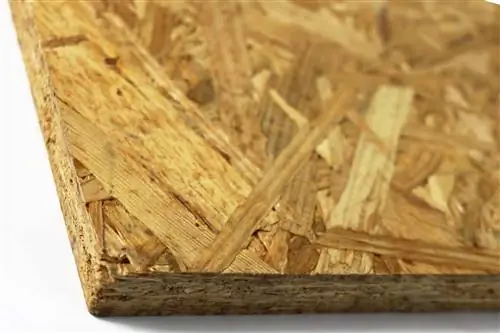
So-called Oriented Strand Board ->OSB) offer a very durable floor covering. They already have certain insulating properties without an extra insulation layer. For truly effective attic insulation, OSB panels should also be used over an insulating material.
Advantages
- Very robust
- own insulation effect
- Good fire protection depending on the version
Disadvantages
- High weight
- Elaborate to process (cutting)
- relatively expensive
Areas of application
- Drywall interior (walls and floors)
- Depending on the classification, also partially suitable for wet areas
End-user prices
OSB boards of good quality and with a thickness of 22 mm cost around 20 EUR per square meter. If a 50 m² attic is to be covered with OSB panels, 53 m² of material is required, as a waste of 6% is planned. At 20 EUR/m², 1060 EUR must be estimated.
To insulate an attic with an area of 50 m² and an assumed waste of 6%, you need 53 m² of insulation panels. With a price per square meter of 15 EUR, the material costs for the insulation material are 795 EUR.
Attic elements
Laying floor panels over underlying insulation is still a common method of creating immediately accessible attic insulation. Nowadays, so-called attic elements offer a clever alternative.
These are OSB, wood fiber or gypsum fiber boards, on the underside of which there is already an insulating layer made of synthetic or mineral materials. These panels can be laid directly so that the insulation and floor construction can be carried out in one step.
Advantages
- Available in numerous variants
- Insulation and planking in one operation
- since insulation and cladding are combined in one product, relatively inexpensive for loft conversions
Disadvantages
Cutting demanding due to material combination
Areas of application
Attic conversion
End-user prices
- Gypsum fiber board 30 mm thick with wood fiber insulation layer approx. 22 EUR/m²
- Gypsum fiber board 35 mm thick with rock wool approx. 24 EUR/m²
- Gypsum fiber board 50 mm thick with polystyrene rigid foam insulation layer approx. 23 EUR/m²
With 6% waste taken into account and an area to be laid of 50 m², 53 m² of attic elements have to be purchased. A price per square meter of EUR 23 results in material costs of EUR 1,219. These costs already include insulation and planking, which is why this type of immediately accessible attic insulation is not only very practical, but also affordable.

